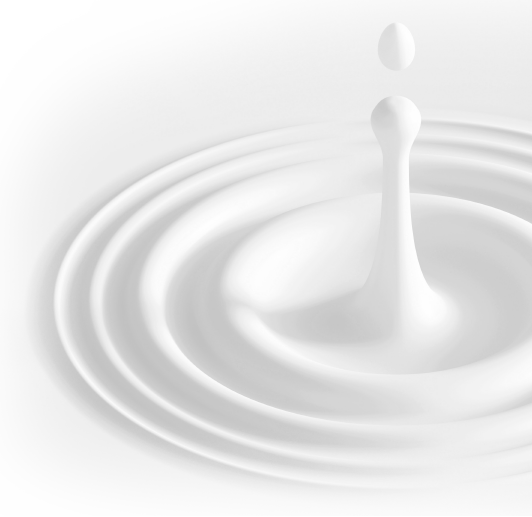A team from Ruhr-Universität Bochum and the University of Oxford has discovered how hydrogen-producing enzymes, called hydrogenases, are activated during their biosynthesis. They showed how the cofactor - part of the active centre and also the heart of the enzyme - is introduced inside.
Hydrogenases are of biotechnological interest as they are able to efficiently produce hydrogen. "In order to optimise them for an industrial application, we first need to understand the process of how the protein shell takes up and activates the chemical cofactor," says RESOLV scientist Professor Thomas Happe. A team led by Oliver Lampret and Thomas Happe from the Bochum-based Photobiotechnology Research Group published the results in the journal "Proceedings of the National Academy of Sciences", PNAS for short, on 22 July 2019.
The researchers investigated the subgroup of [FeFe]-hydrogenases, which are the most efficient hydrogen producers. In nature, they can be found in green algae.
Final step of biosynthesis
In nature, the cofactor is subsequently incorporated into the enzyme following the biosynthesis of the protein scaffold - a highly complex process. Only then is the hydrogenase catalytically active. The researchers clarified the precise sequence of the process.
"We assume that not only do [FeFe]-hydrogenases obtain their cofactor in this way but that the mechanism also occurs in other metalliferous enzymes," says Happe.
ADDITIONAL INFORMATION
Original Publication: Oliver Lampret, Julian Esselbrn, Rieke Haas, Andreas Rutz, Rosalind L. Booth, Leonie Kertesss, Florian Wittkamp, Clare F. Megarity, Fraser A. Armstrong, Martin Winkler, Thomas Happe: The final steps of [FeFe]-hydrogenase maturation, in: Proceedings of the National Academy of Sciences, 2019, DOI: 10.1073/pnas.1908121116
--------------------------------------------------------------------------------------------------------------
Wie die Natur Wasserstoff produzierende Enzyme baut
PNAS: Das Herzstück des biologischen Katalysators wird erst im letzten Schritt eingeschleust. Der Vorgang ist komplex.
Wie Wasserstoff produzierende Enzyme, die sogenannten Hydrogenasen, während ihrer Biosynthese aktiviert werden, hat ein Team der RUB und der University of Oxford herausgefunden. Sie zeigten, wie der Kofaktor – ein Teil des aktiven Zentrums und zugleich das Herzstück des Enzyms – ins Innere eingeschleust wird.
Hydrogenasen sind biotechnologisch interessant, da sie effizient Wasserstoff herstellen können. „Um sie für eine industrielle Anwendung zu optimieren, müssen wir aber zunächst den Prozess verstehen, wie die Proteinhülle den chemischen Kofaktor aufnimmt und aktiviert“, sagt Prof. Dr. Thomas Happe. Die Ergebnisse veröffentlichte ein Team um Oliver Lampret und Thomas Happe von der Bochumer Arbeitsgruppe Photobiotechnologie in der Zeitschrift „Proceedings of the National Academy of Sciences“, kurz PNAS, am 23. Juli 2019.
Die Wissenschaftlerinnen und Wissenschaftler untersuchten die Untergruppe der sogenannten [FeFe]-Hydrogenasen, die die effizientesten Wasserstoffproduzenten sind. In der Natur kommen sie in Grünalgen vor.
Letzter Schritt der Biosynthese
In der Natur wird der Kofaktor nachträglich, also nach der Biosynthese des Proteingerüsts in das Enzym eingebaut – ein hochkomplexer Vorgang. Erst danach ist die Hydrogenase katalytisch aktiv. Die genaue Abfolge des Prozesses klärten die Forscher auf.
„Wir vermuten, dass nicht nur [FeFe]-Hydrogenasen auf diese Weise ihren Kofaktor erhalten, sondern dass der Mechanismus auch in anderen metallhaltigen Enzymen vorkommt“, resümiert Happe.
ZUSÄTZLICHE INFOrmation
Ausführliche Presseinformation
Originalveröffentlichung: Oliver Lampret, Julian Esselbrn, Rieke Haas, Andreas Rutz, Rosalind L. Booth, Leonie Kertesss, Florian Wittkamp, Clare F. Megarity, Fraser A. Armstrong, Martin Winkler, Thomas Happe: The final steps of [FeFe]-hydrogenase maturation, in: Proceedings of the National Academy of Sciences, 2019, DOI: 10.1073/pnas.1908121116

